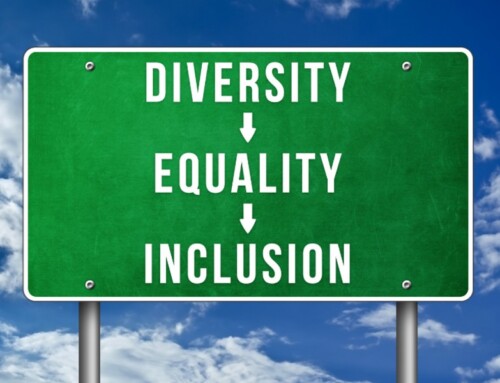According to a recent report, minority business enterprises accounted for more than 50 percent of the two million new businesses started in the United States over the past ten years. There are now more than four million minority-owned companies in the United States, with annual sales totaling close to $700 billion. As the business world becomes more diverse and more leaders learn to speak up and share their ideas, some unique and exciting truths are being uncovered — namely, that diversity breeds success.
Despite massive shifts on the social and political landscape, one truth remains as undeniable as ever: the United States is the land of opportunity. In fact, 2019 saw the lowest levels of U.S. minority unemployment on record. These statistics come at a time when the economy is booming and minorities are pushing the nation to unprecedented levels of economic success. In fact, diversity breeds success so much so that an entire industry – Diversity and Inclusion (D&I) – has grown around it.
Established Results
The results of a study conducted by the Harvard Business Review (HBR) revealed that companies with diverse management teams boost their innovation revenue by 1 percent. That figure increases when factors like national origin, industry specialization, and different career paths are included. Research from Deloitte builds on the data from HBR’s study. It adds a prerequisite to the diversity-related surge in performance: everyone, not simply a majority, must feel like they are respected, valued, and treated fairly.
This is important because, at first glance, diversity is a seemingly effortless way to strengthen your company and increase value. However, it is comparatively new ground and one on which many managers falter. D&I is not simply about assembling a rainbow coalition of skin tones; it must be about elevating capable leaders who bring true value with their perspectives.
At its core is psychological safety, an individual’s concept that they are safe to express ideas, ask questions, and give feedback. HBR’s allusion to the impact of national and industry origin suggests that an individual’s unorthodox work methods may initially cause discomfort but they eventually produce results that outweigh the early hurdles.
More to Do
While the advantages of D&I in the workplace have been fairly strongly established, the disadvantages of not abiding by them are not often addressed. Among the most visible effects of failing in this respect is a high rate of employee turnover. A perception of exclusion among staff fosters disengagement, which Gallup estimates costs employers $550 billion annually.
The exodus of new mothers from the workforce triggered by the difficulties in achieving a healthy work-life balance; the virtual exclusion of differently-abled persons from the workplace; and the misunderstandings around the transgender community are just some of the concerns that are hurting American industry from the inside. A manager who overcomes their preconceptions and finds the courage to look beyond traditional hiring and people management is poised to achieve great things in the coming year, and beyond.
Would you like more advice about how to tackle Diversity and Inclusion in your organization? Visit the Diversity and Inclusion section of my website.






